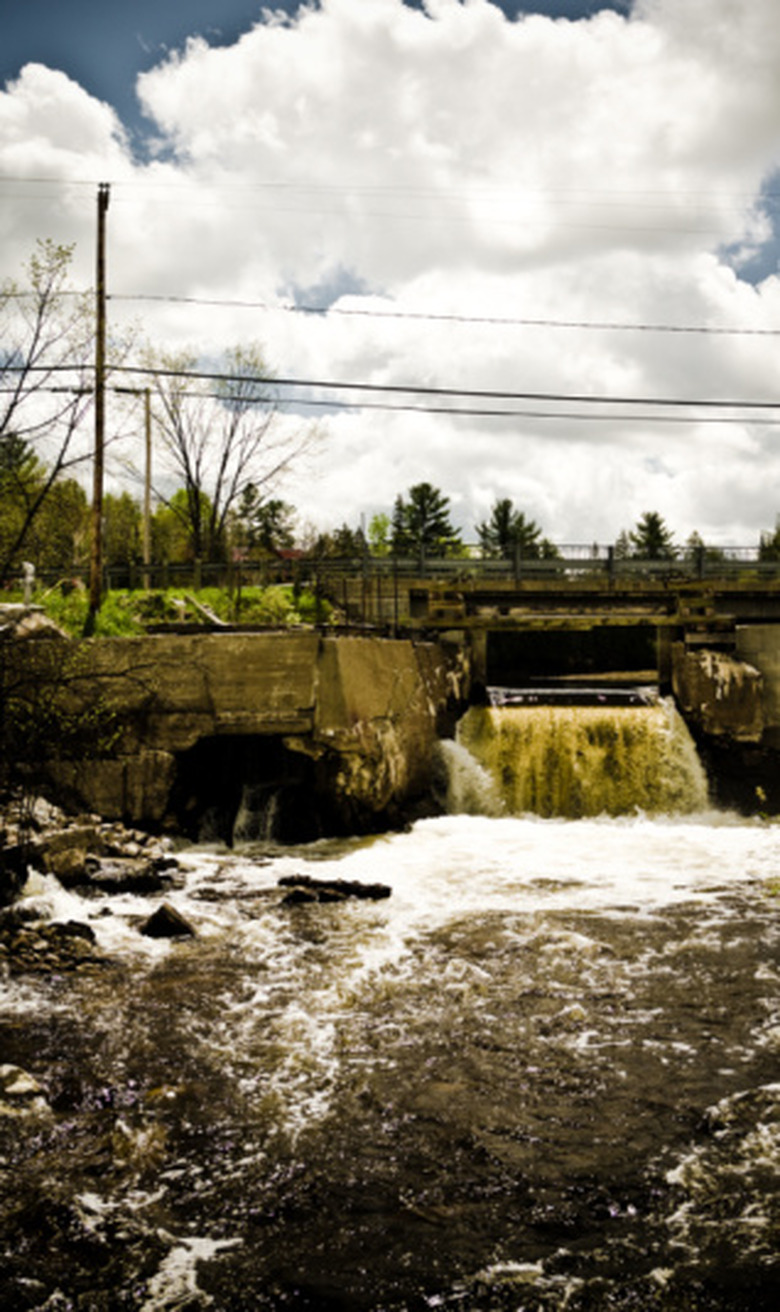Weathering & Erosions Activities
All of the crust of the Earth is subjected to constant weathering, which breaks down rocks. Weathering is accomplished through chemical, biological and physical means. Erosion then moves the products of weathering by means of wind, water or ice while applying the final weathering action of abrasion. Gravity, though not considered an agent of erosion, is an essential component in water and ice movement.
Chemical Weathering
Chemical Weathering
Chemical weathering relies on water to interact with the metals found in many rocks. Oxygen will interact with the iron and iron-based rock types to cause rust, which can give some soils a distinct reddish color. Oxidation results in the formation of hematite and is the main ore of iron. The other major chemical weathering effect comes from carbon dioxide dissolved in water forming carbonic acid, often in the form of rain, which dissolves calcium formations and creates many cave complexes.
Biological Weathering
Biological Weathering
Most of the biological weathering is carried out by lichens, which grow directly on rock surfaces and through both chemical and physical actions can break down the surface. The lichens produce organic chemicals known as chelates, which are able to bind to specific metals in the rock and thus pull apart a metal molecule. This action is combined with the rooting growth of the lichens, which exerts physical pressure within the cracks and folds of the rock face. On a larger scale, the roots of trees are often seen breaking up through pavement in cities, and that same rooting action breaks down many rocks.
Physical Weathering
Physical Weathering
Mechanical weathering is the main component of physical weathering, based primarily upon the freezing and thawing of water within the cracks of a rock face or formation. As the water expands ice crystals, the mechanical force eventually exerts enough pressure to break apart rocks along fracture lines. The same process can take place with salt crystals and evaporation, where dissolved salts are carried into the crevices by water and quick heating, notably in desert areas, causing the quick crystallization of the salts and pressure against the rocks. Simply the heating and cooling of rocks or the release of pressure can also cause rocks to fracture.
Erosion
Erosion
Wind, water and ice can then pick up the fragments created by the weathering process and use them to abrade other rock surfaces. The dramatic sandstorms of the desert show the power of windborne sand to abrade and wear away rock formations, particularly softer sandstones and other sedimentary rocks. These sediments grind against side walls and cut into corners, wearing away more land and rock. Glaciers are, of course, the ultimate bulldozers of the natural world, able to scour an entire continent with massive ice sheets.
Cite This Article
MLA
Atkinson, Bill. "Weathering & Erosions Activities" sciencing.com, https://www.sciencing.com/weathering-erosions-activities-8268649/. 24 April 2017.
APA
Atkinson, Bill. (2017, April 24). Weathering & Erosions Activities. sciencing.com. Retrieved from https://www.sciencing.com/weathering-erosions-activities-8268649/
Chicago
Atkinson, Bill. Weathering & Erosions Activities last modified August 30, 2022. https://www.sciencing.com/weathering-erosions-activities-8268649/
